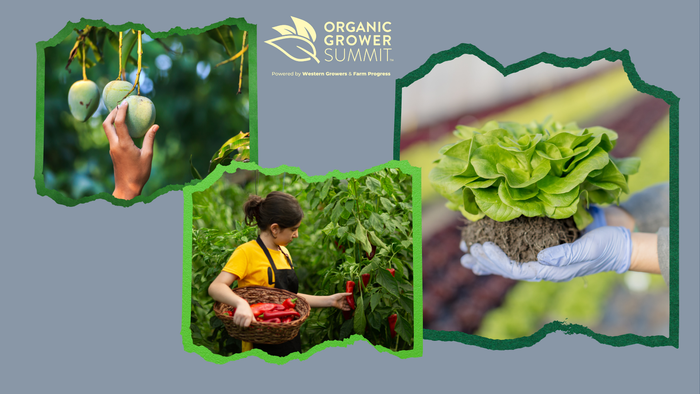Danone innovates in packaging for a cleaner world
As the world watches to see how COVID-19 has positively impacted the fight against climate change, Danone North America continues to press ahead on its environment-focused circular economy initiatives.
July 17, 2020

As COVID-19 kept people at home and cars parked, there was much commentary on how the planet was being gifted an environmentally friendly pause in greehouse gas emissions. But the reality is that without shifts in product lines, consumption habits, packaging and even infrastructure, as consumers return to work this positive change can easily be reversed.
But then there are institutions like Danone North America, a company that was already on the path of beneficial change and has no plans to stop its eco-friendly efforts. Danone North America is the largest Certified B Corp in the world and, as Deanna Bratter, senior director of public benefit and sustainable development, says, “We are consistently looking across all of our stakeholders, beyond the short term to the long term, to understand the decisions we are making and what the impacts of those decisions will be.”
Striving to reduce waste by finding sustainable packaging solutions
When it comes to packaging, Bratter says, “We can choose to look package by package and material by material or take a long term, holistic perspective and be ambitious, which means looking at the circular economy that all of our packaging is part of.”
The aim of a circular economy is to shift the linear waste model to one that is regenerative by design and reduces or eliminates reliance on finite resources. In Danone North America’s case, the company is working on eliminating waste by getting rid of packaging that is not needed while aiming to have 100% of the company’s packaging be reusable, recyclable or compostable by 2025.
Currently, more than 80% of Danone North America’s packaging is reusable, recyclable or compostable. “The preservation of natural resources goes back to the idea that, where possible, we no longer use packaging from finite resources. If we can, we should preserve them and keep existing materials in use. The idea is to increase recycled content and develop renewable materials. And to invest in the development and use of these renewable materials,” says Bratter.
How the Circular Economy Accelerator will help the company meet its goals
Most recently, Danone North America also joined the Circular Economy Accelerator (CEA). Launched in Spring 2019 as an initiative of The Recycling Partnership, CEA is working to build concensus for attainable policy and legislative solutions at both the state and federal level to secure sustainable funding, incentivize recycling over disposal and expedite public-private solutions for circular systems.
Basically, together with its more than 30 members, including trade associations, brands material suppliers and packaging producers, Danone North America is working to develop new models to expedite public-private solutions for circular systems. Additionally, CEA acknowledges that having a partner like Danone North America will help with a far bigger shift towards a circular economy.
These types of collaborative initiatives are important, says Bratter, as designing packaging for circularity won’t do any good if waste management systems aren’t working or in place. “The goal here is to develop large scale recycling infrastructure in the U.S. We have to enable our system to keep up circularity ambitions,” Bratter says. Regarding the partnership with CEA she says, “Our goal is to make sure we are working with industry and policy to find solutions that will address the whole system.”
The case for a recycling infrastructure
Take plastics, for instance—Bratter says the company is focused on figuring out and monitoring what packaging is most recyclable and where there might be gaps. And while a plastic bottle may be considered recyclable, the infrastructure to recycle products in the U.S. has been lacking. This is in part because there isn’t a market to buy recycled waste.
“If there are people willing to buy the reclaimed material, recycling centers are more likely to prioritize the collection and sorting. As companies make commitments to using recycled content that will help drive a shift in the waste management systems to make sure we can get the quality and volume of materials we need to support a renewable materials infrastructure.”
Currently, waste management and even recycling is a linear system. The challenge, says Bratter, is to shift to a circular framework as a whole. “The current system does not serve the long term and that is a bit of a challenge that both the public and private sectors need to play a role in to solve,” she says, noting that CEA will play a role in that.
In addition to improving infrastructure, it’s also important to introduce consumers to these initiatives. Hence, Danone North America is committed to education through the How2Recycle labeling program displayed on its packaging that offers clarity to consumers. “The aim is to help take the guesswork out of recycling for consumers with easy to follow directions on packaging,” says Bratter. Having the infrastructure is the start, then it’s up to consumers to make sure products go in the right direction. “The right messaging can help the right materials get into the right recycling stream,” she adds.
About the Author
You May Also Like



.jpg?width=700&auto=webp&quality=80&disable=upscale)
